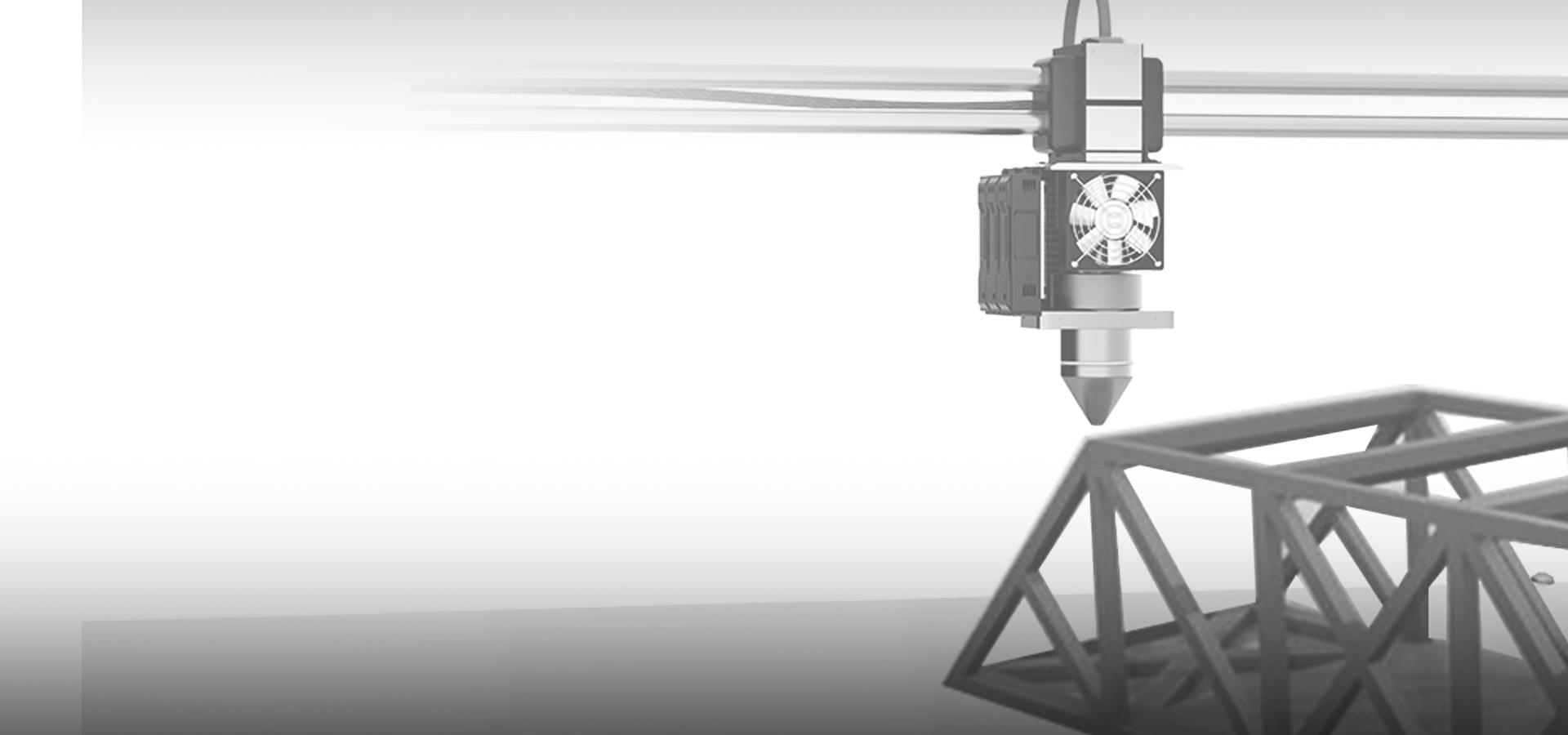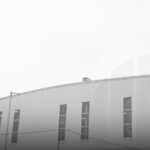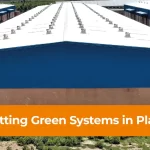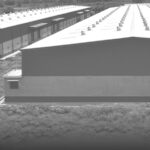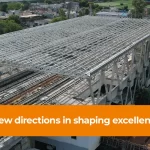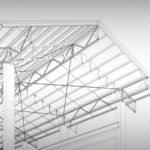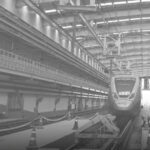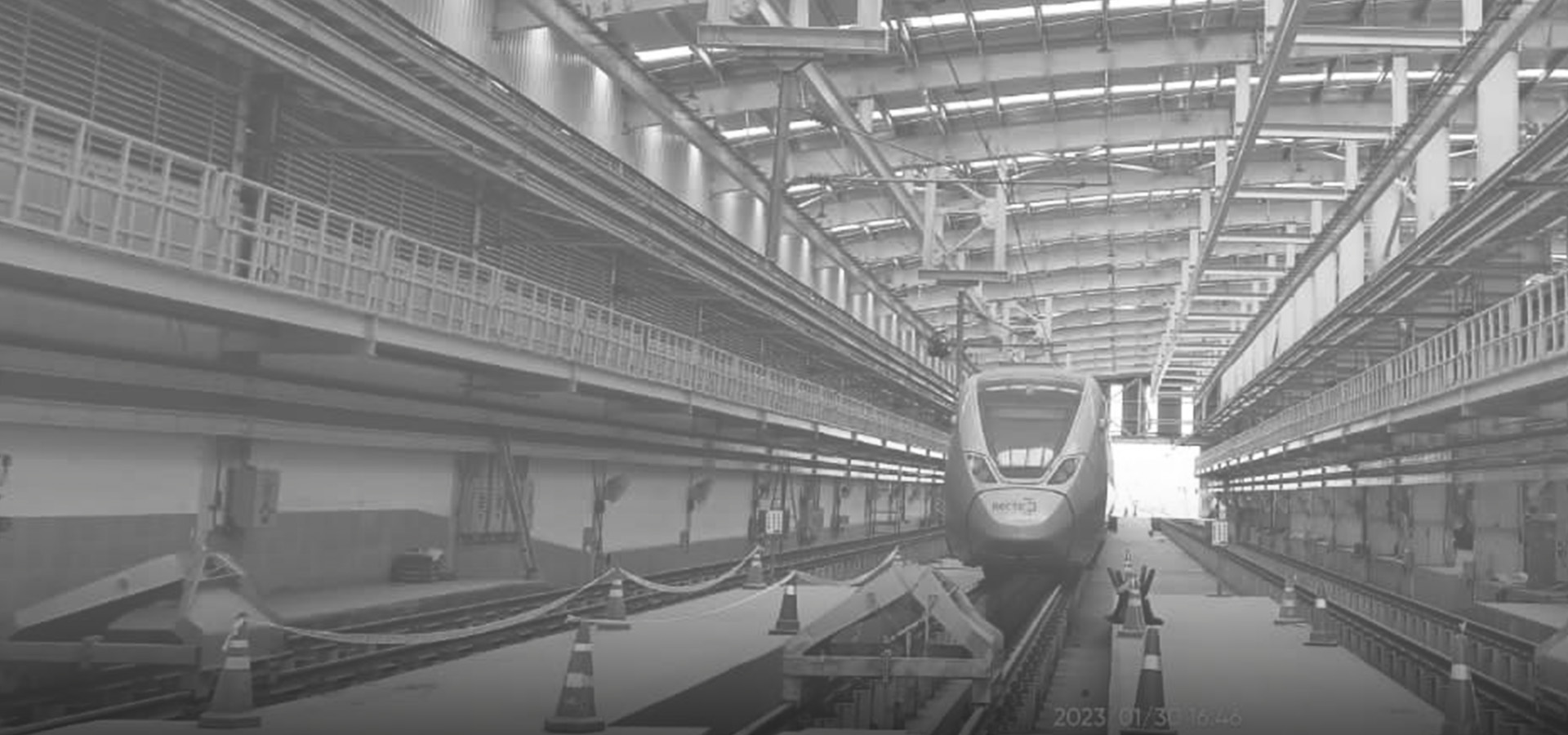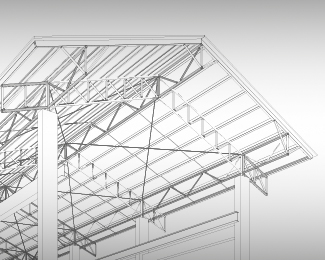The Future of PEB Manufacturing 3D Printing and its Impact
As technology rapidly advances, it is also bringing a significant change in the construction industry. Pre-engineered buildings (PEBs), an innovation of the past decade have become the primary choice of builders.
PEBs have proven to be efficient, affordable, and have a rapid making time, making them an extremely convenient option in the industry. The introduction of 3D printing has enabled the industry to innovate and explore a new horizon.
Let’s see how 3D printing can impact and create a change in the PEB manufacturing industry and how it shapes its future.
The current scenario of the PEB manufacturing landscape looks a lot like this:
Considering the general practices, the production of pre-engineered buildings requires access to advanced technology, state-of-the-art machinery, and high-quality raw materials.
The process primarily includes the pre-fabrication of standardized components like beams, panels, and walls in a factory setting.
What is 3D printing?
Additive manufacturing, also known as 3D printing, is the process of creating
three-dimensional objects from a digital file. In this method, material is deposited layer by layer digitally to bring the design to life. This makes the visualization easy and helps in precise cost management.
How does 3D printing impact the PEB manufacturing process?
Primarily, the major win of 3D printing is also its ability to provide enhanced design freedom that allows the curation of highly customized components that possess intricate design and complex geometry.
With the traditional techniques, this was only a partial possibility. This enables the architects and the engineers to design PEBs that have unique shapes and multiple functionalities.
Another notable advantage of 3D printing is that it has the potential to become a more sustainable construction method. Digitalization enables precise measurement calculation, minimizing waste. Manufacturing processes occurring on-site further reduce carbon emissions associated with transportation.
The potential for faster construction time also increases as the transportation time nullifies and the assembling of the raw materials is only required to be done once.
3D printing also enhances labour efficiency by potentially reducing the requirement of labor hours as the assembling of pre-fabricated components can happen in real time. It also requires a lesser workforce making it significantly beneficial in regions with limited resources, especially in terms of skilled labor.
How does the way ahead look for the PEB industry?
3D printing for PEB manufacturing is the future. Currently, it is still in the early stages but holds significant potential to transform the industry. Eventually, addressing the current challenges and establishing the necessary rules and regulations will pave the way for wider adoption of PEB.
With automated quality control and predictive maintenance, 3D printing will play a significant role in reducing the time of construction.
Conclusion
The potential impact of 3D printing in PEB manufacturing remains extremely significant and offers a sneak peek into a future that is more sustainable and efficient. 3D printing offers an innovative path towards customization in faster construction times.
Imagine intricate structures rising on the site with minimized wastage and minimum transportation time. When 3D printing technology combines with advancements in materials and regulation, it promises not only a future where PEBs are not just efficient but also sustainable and expressive.
